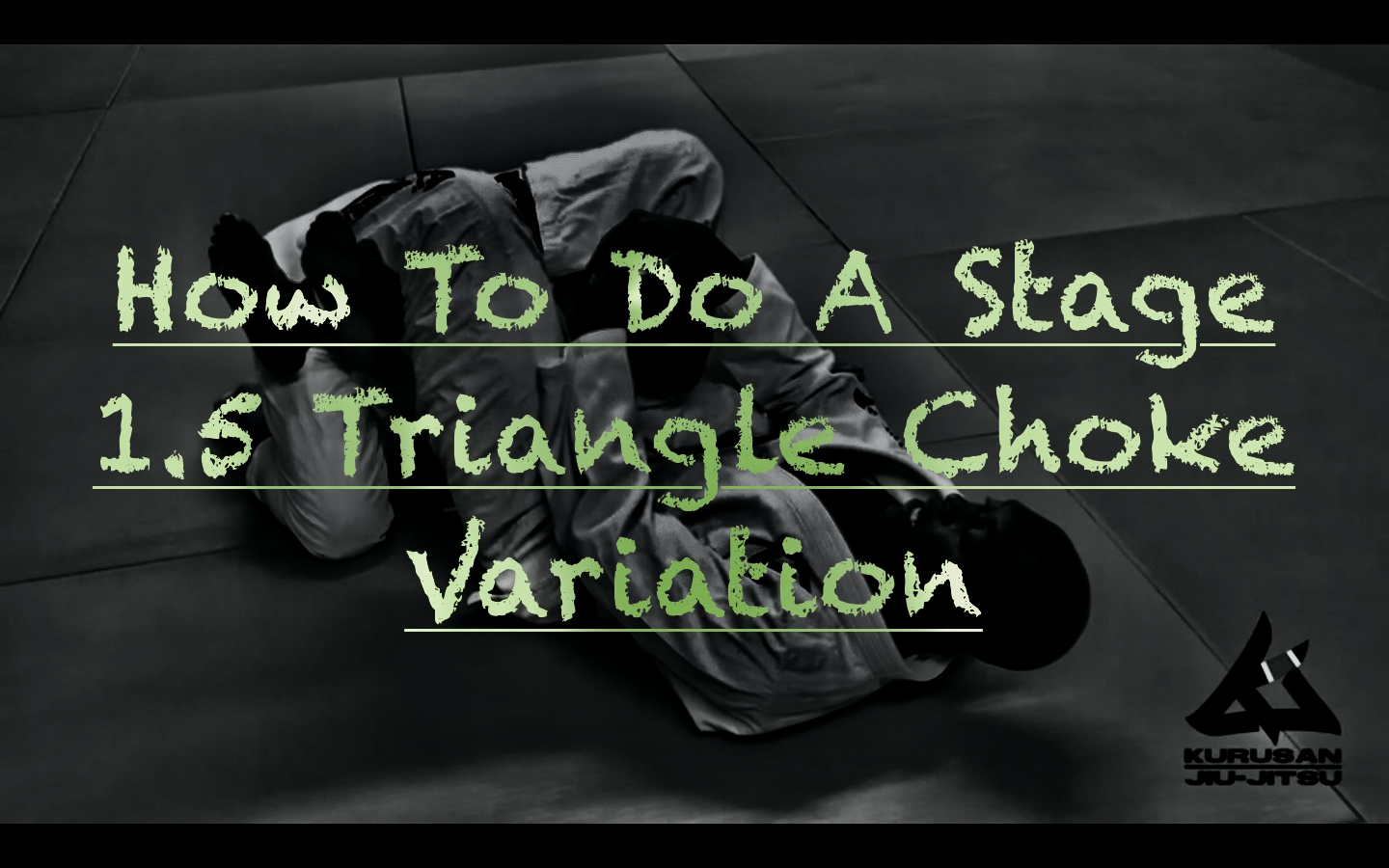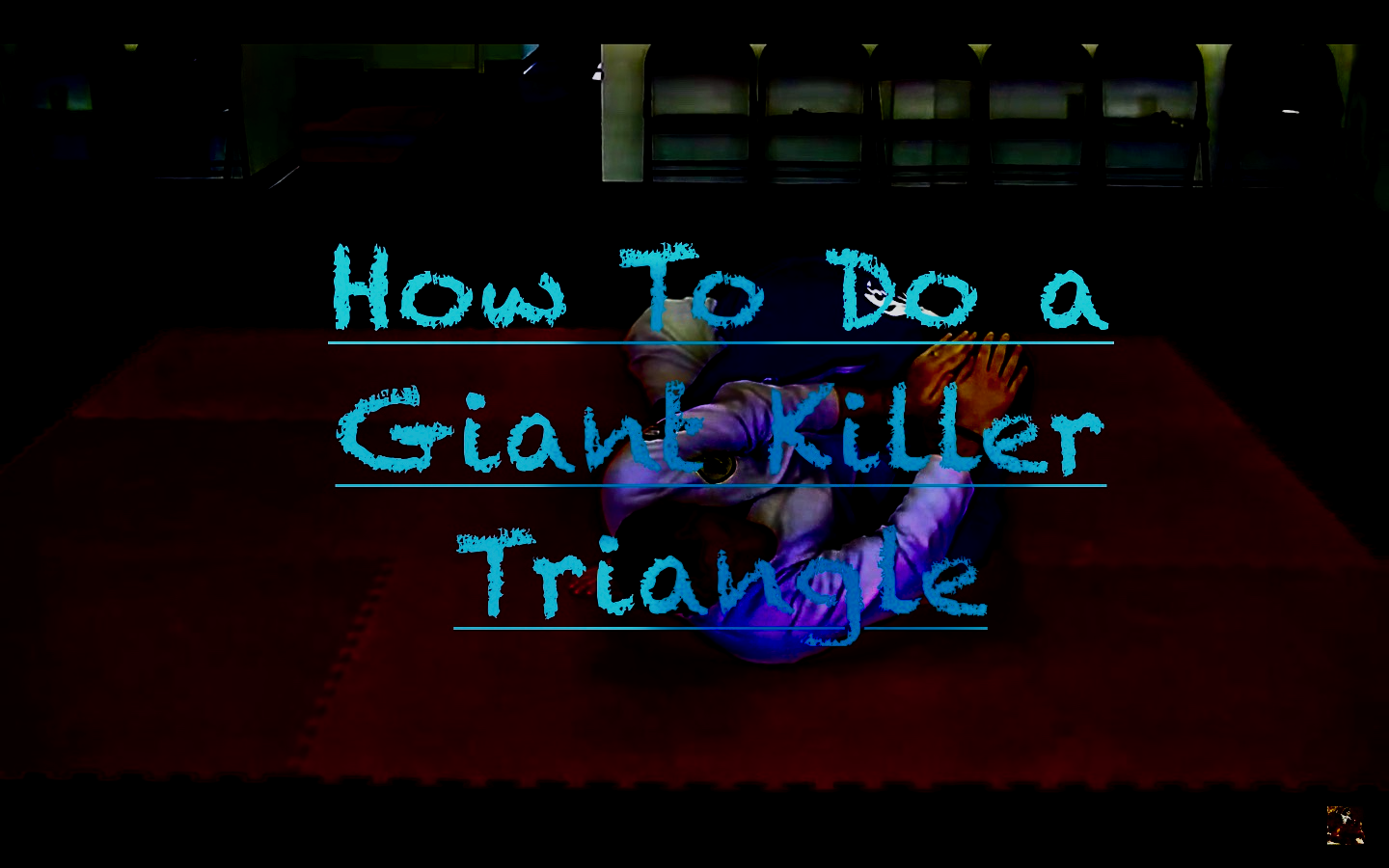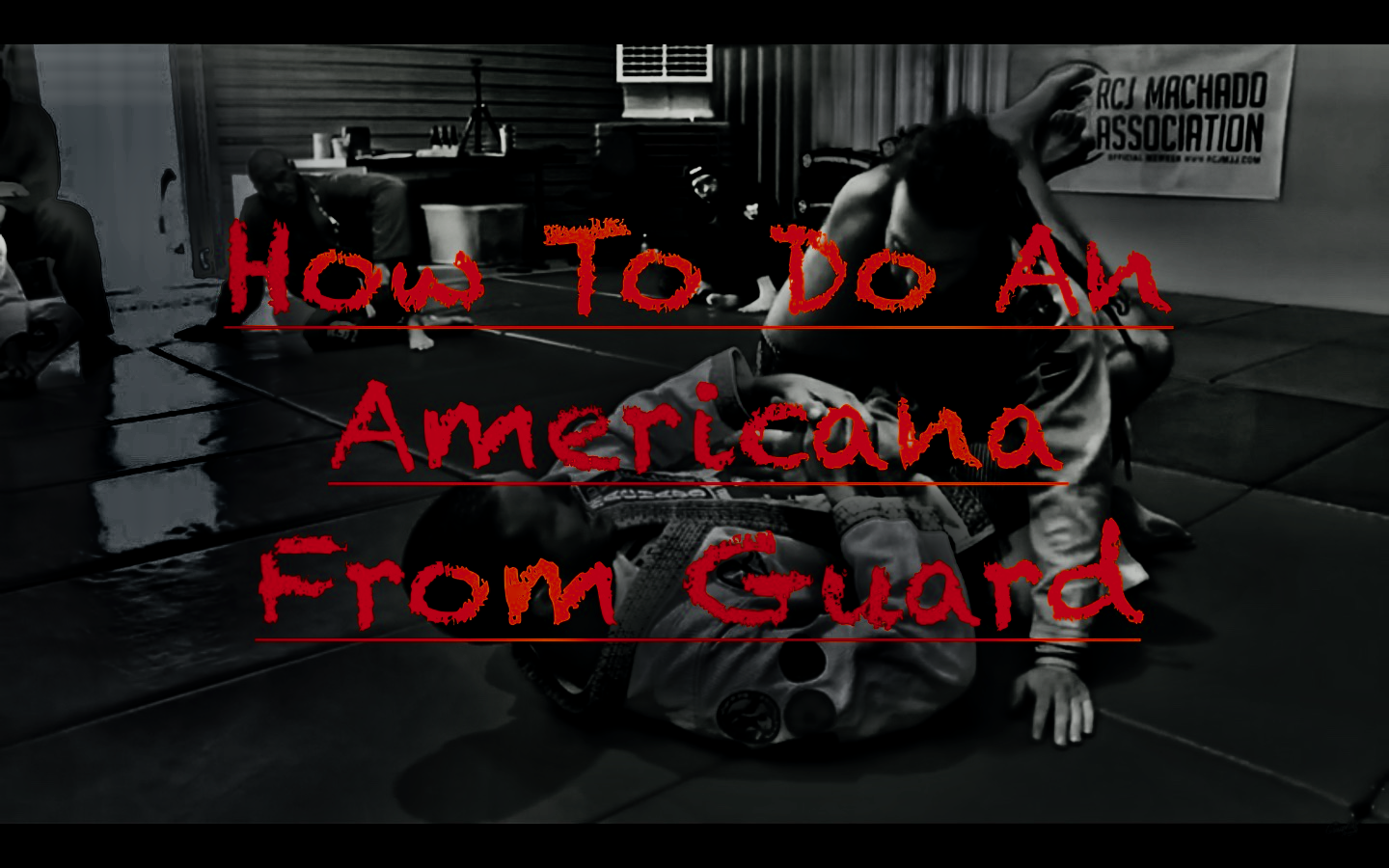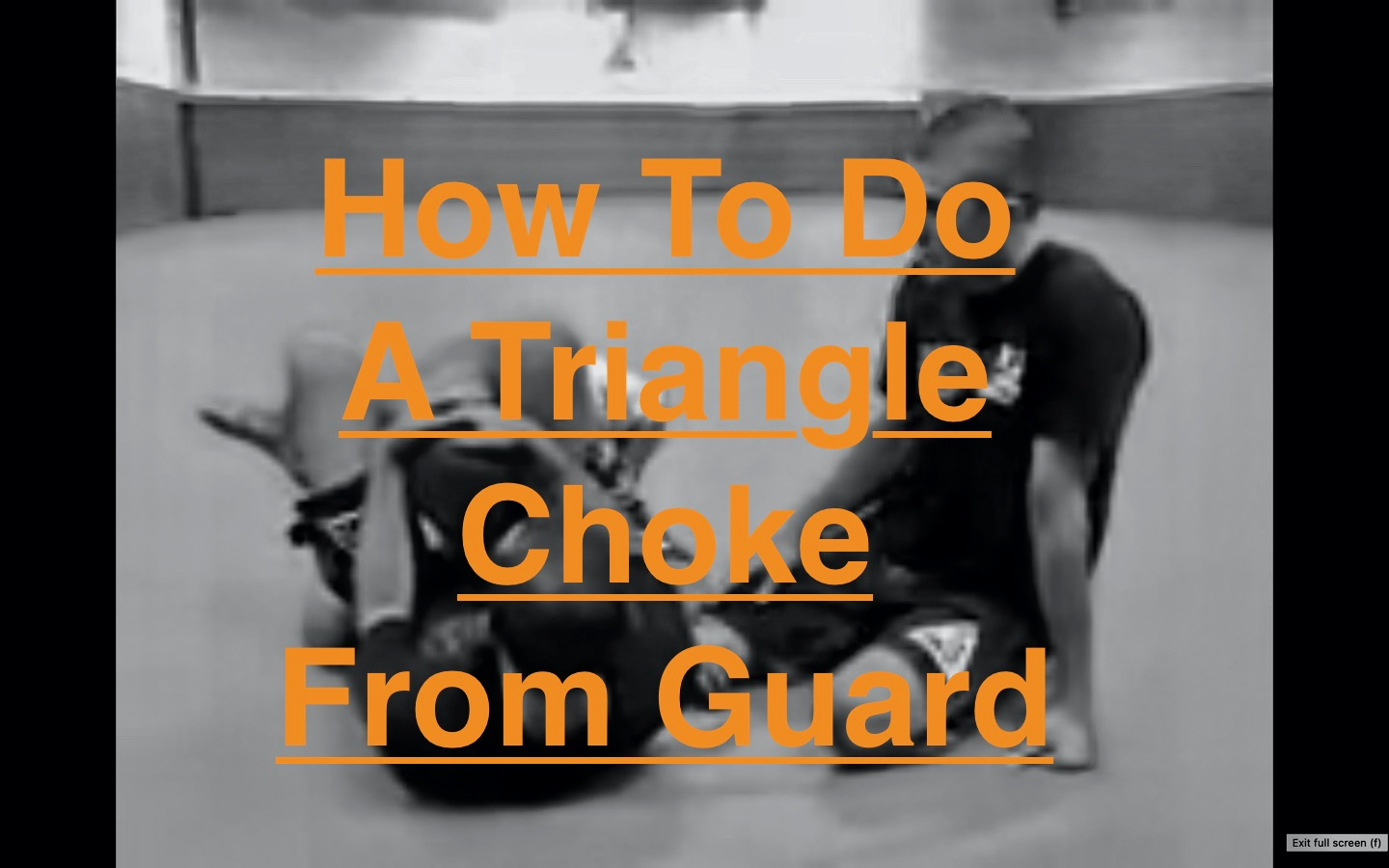
The closed guard is an advantageous position in Brazilian Jiu Jitsu, which may come as a surprise to many inexperienced fighters or wrestlers. By using the closed guard, the bottom fighter can control the top fighter’s hips, mitigating their ability to throw punches and keeping them from making any moves to better their position.
While there are many attacks from the guard, in MMA or a street fight or against a larger, stronger opponent you might have trouble using the guard as an attacking position. For those situations, or if you just want to make your opponent have to deal with your weight on top of them to tire them out, sweeps are an essential tool in any BJJ fighter’s arsenal.
Sweeps are methods of moving from one position in BJJ to a better one by using body mechanics and balance rather than brute strength, so even a smaller opponent can sweep the largest fighter. If you look around your gym, you’ll regularly see small, average looking higher belts who look like they wouldn’t win a fight sweeping much larger and stronger white belts who don’t know what’s coming.
Sweeps are such an important part of any guard game that even though the Gracie family preaches the power of the guard, there are five different sweeps in the Gracie BJJ Blue Belt requirements.
The elevator sweep is a powerful sweep that uses an opponent’s strength and momentum against them. When an opponent is in your guard and pushing you to the ground, you may feel helpless and frustrated because you aren’t able to attempt an arm bar from guard or a triangle from guard. But don’t despair, that forward push that is smashing you into the mat can be redirected to elevate (get it??) your opponent over you so that you land on top, ready to push your own agenda. Using an opponent’s plan against them is one of the joys of BJJ!
Start: Guard with opponent pushing down onto you with one leg posted
Step 1: Drop one foot onto opponent’s posted leg (this will be elevator side) and shrimp out to that side
Step 2: Swim elevator-side foot to underneath opponent’s thigh and flex toes to hook
Step 3: Underhook elevator-side arm
Step 4: Drop chopping-side foot to opponent’s knee and pull knee in towards you
Step 5: Punch elevator-side arm up and across
Step 6: Lift opponent with elevator foot and follow their body as it falls over you
End: Mount via elevator sweep





